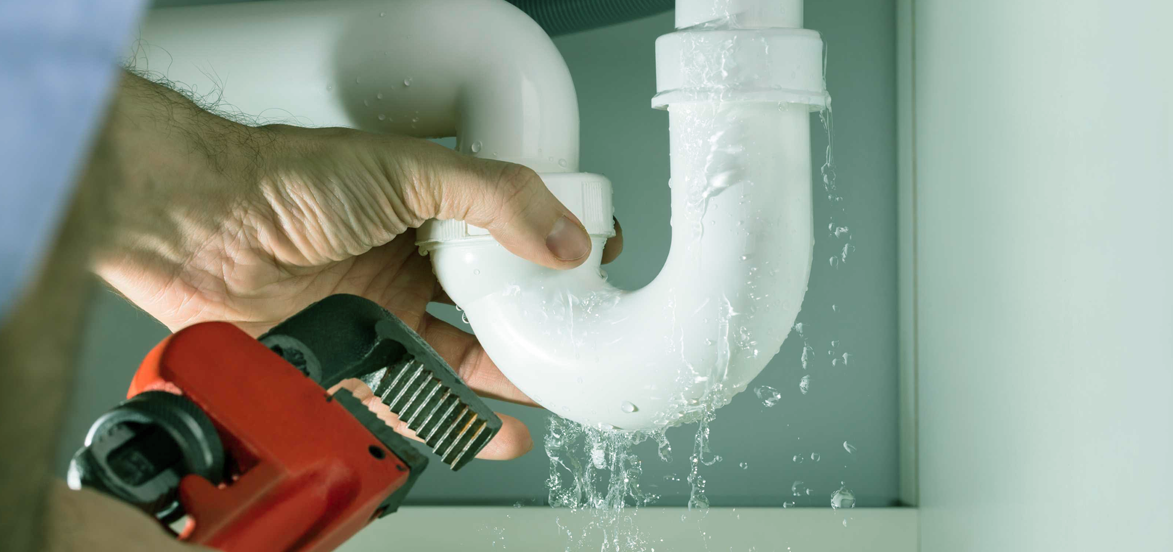Guide To Water Leak Detection In The House
Guide To Water Leak Detection In The House
Blog Article
We have unearthed the article about Leaking water lines listed below on the net and believe it made sense to relate it with you on this page.

Early discovery of dripping water lines can alleviate a prospective catastrophe. Apart from saving you money, it will lessen the stress as well as irritation. The moment you locate a leakage, calling your plumber for repair work is the most effective service. Nonetheless, some small water leaks may not be visible. If you can not discover it with your nude eyes, here are some hacks that help.
1. Take A Look At the Water Meter
Every house has a water meter. Checking it is a surefire way that helps you find leakages. For starters, switch off all the water resources. Make sure no person will flush, use the faucet, shower, run the washing machine or dish washer. From there, most likely to the meter and watch if it will alter. Since nobody is utilizing it, there must be no activities. If it relocates, that suggests a fast-moving leak. Likewise, if you spot no changes, wait an hour or 2 and also examine back once more. This implies you might have a slow leakage that could even be below ground.
2. Check Water Intake
If you detect abrupt changes, in spite of your intake being the same, it implies that you have leakages in your plumbing system. An unexpected spike in your expense suggests a fast-moving leakage.
A steady increase every month, also with the same behaviors, shows you have a slow-moving leak that's additionally slowly escalating. Call a plumber to completely examine your residential property, specifically if you feel a cozy area on your flooring with piping underneath.
3. Do a Food Coloring Examination
When it comes to water usage, 30% comes from commodes. Test to see if they are running properly. Decrease flecks of food shade in the tank and also wait 10 minutes. There's a leak between the storage tank and also bowl if the color somehow infiltrates your bowl during that time without flushing.
4. Asses Exterior Lines
Don't neglect to inspect your exterior water lines too. Test faucets by affixing a yard pipe. Should water permeate out of the link, you have a loose rubber gasket. Replace this as well as guarantee all links are tight. If you've got an automatic sprinkler, it will certainly assist get it skillfully analyzed and also kept yearly. One tiny leak can waste lots of water and spike your water costs.
5. Inspect and Examine the Situation
Homeowners need to make it a practice to inspect under the sink counters and also even inside cabinets for any kind of bad odor or mold development. These 2 red flags suggest a leak so punctual attention is required. Doing routine examinations, even bi-annually, can save you from a significant issue.
Inspect for discolorations and damaging as most home appliances as well as pipelines have a life expectations. If you think leaking water lines in your plumbing system, do not wait for it to intensify.
Early detection of dripping water lines can minimize a possible catastrophe. Some tiny water leaks may not be noticeable. Inspecting it is a guaranteed means that aids you find leakages. One small leakage can lose bunches of water and surge your water bill.
If you suspect leaking water lines in your plumbing system, do not wait for it to intensify.
WARNING SIGNS OF WATER LEAKAGE BEHIND THE WALL
PERSISTENT MUSTY ODORS
As water slowly drips from a leaky pipe inside the wall, flooring and sheetrock stay damp and develop an odor similar to wet cardboard. It generates a musty smell that can help you find hidden leaks.
MOLD IN UNUSUAL AREAS
Mold usually grows in wet areas like kitchens, baths and laundry rooms. If you spot the stuff on walls or baseboards in other rooms of the house, it’s a good indicator of undetected water leaks.
STAINS THAT GROW
When mold thrives around a leaky pipe, it sometimes takes hold on the inside surface of the affected wall. A growing stain on otherwise clean sheetrock is often your sign of a hidden plumbing problem.
PEELING OR BUBBLING WALLPAPER / PAINT
This clue is easy to miss in rooms that don’t get much use. When you see wallpaper separating along seams or paint bubbling or flaking off the wall, blame sheetrock that stays wet because of an undetected leak.
BUCKLED CEILINGS AND STAINED FLOORS
If ceilings or floors in bathrooms, kitchens or laundry areas develop structural problems, don’t rule out constant damp inside the walls. Wet sheetrock can affect adjacent framing, flooring and ceilings.
https://www.servicemasterbyzaba.com/blog/how-to-detect-water-leakage-in-walls/

As a keen reader on Detecting hidden plumbing leaks, I assumed sharing that section was really useful. Sharing is caring. Helping others is fun. Thanks so much for taking the time to read it.
Report this page